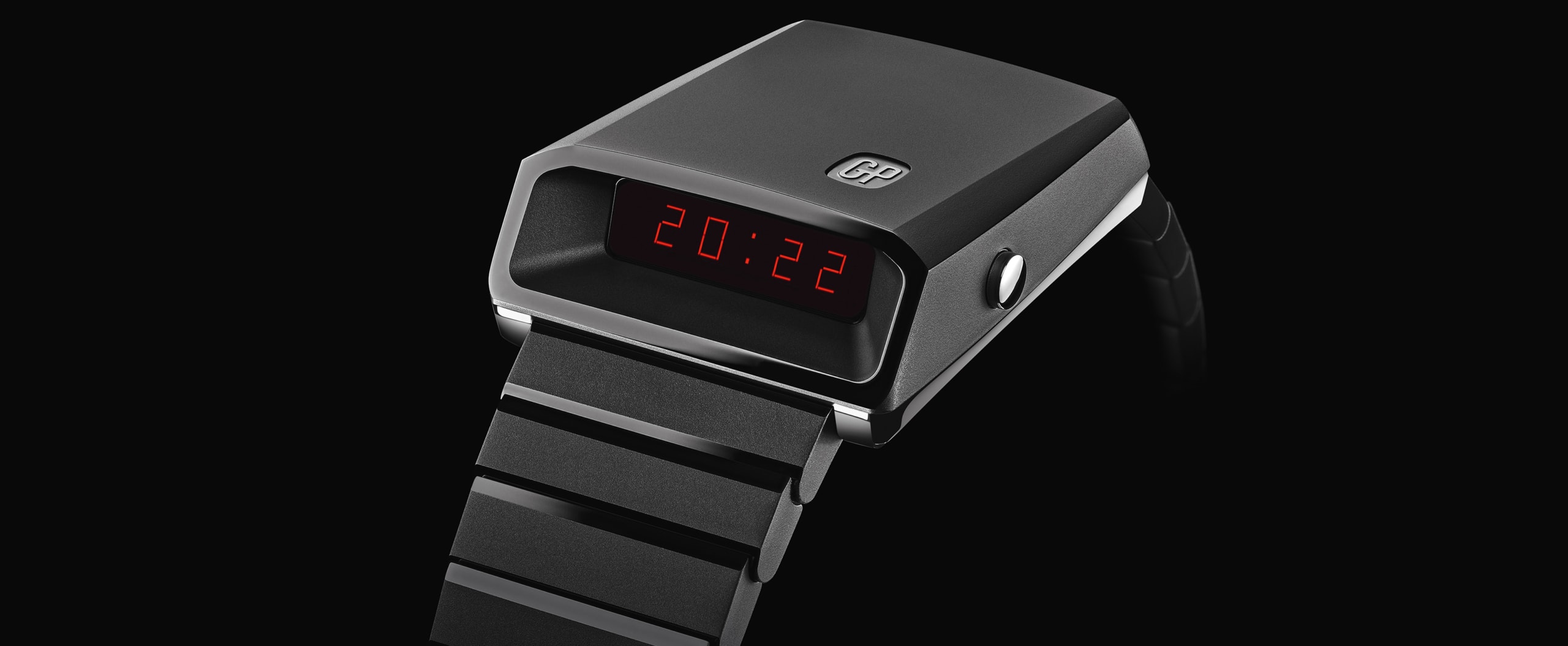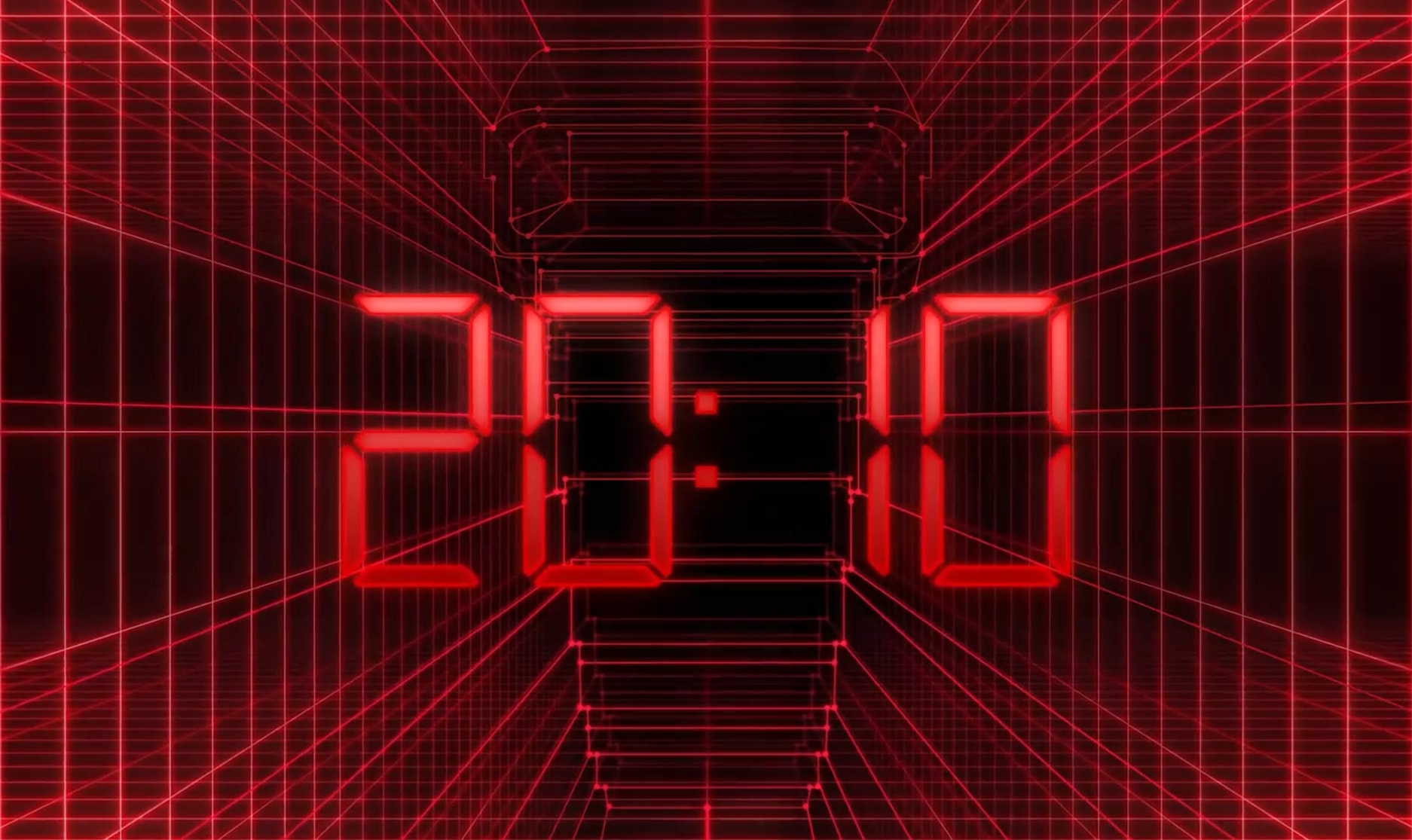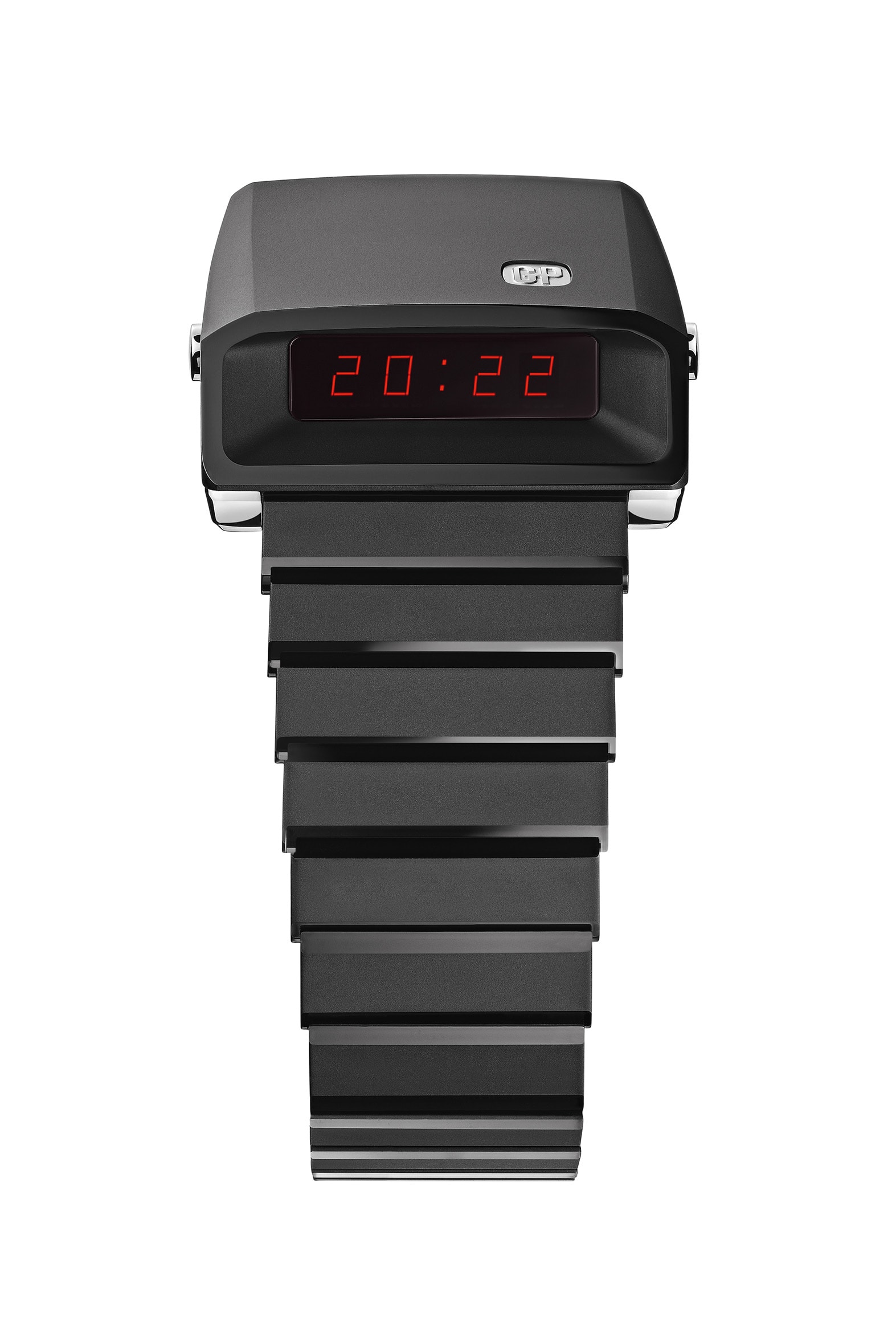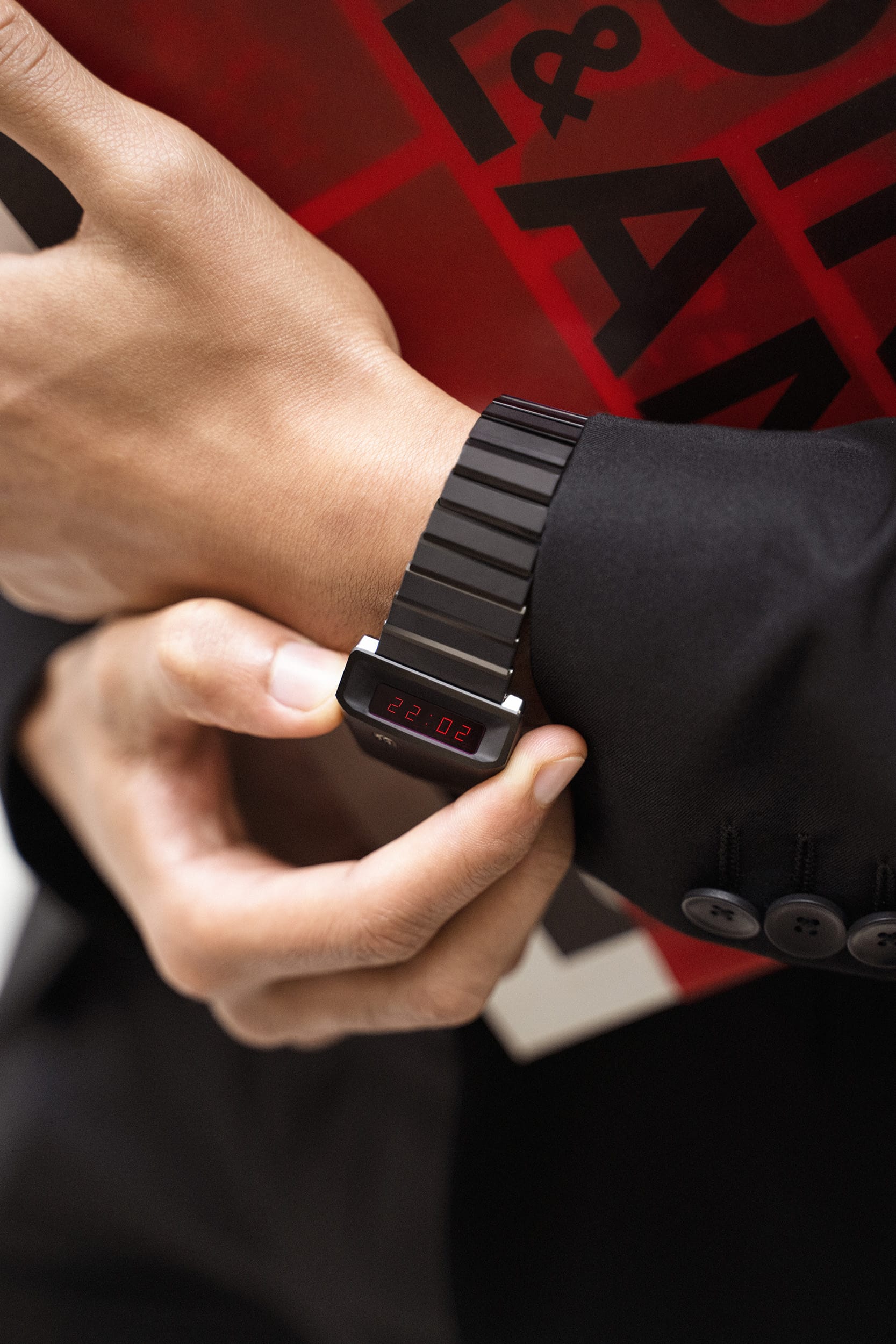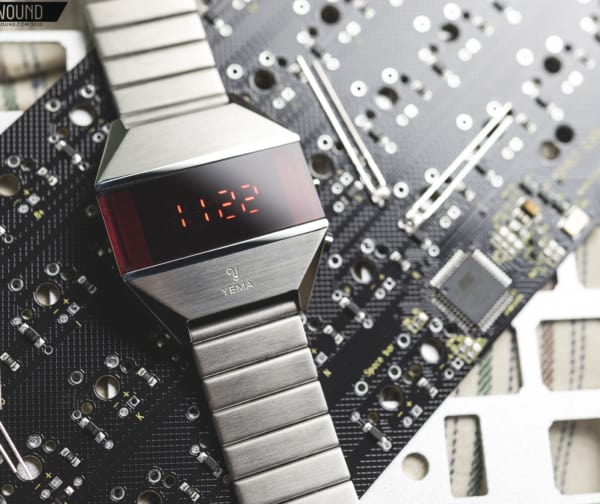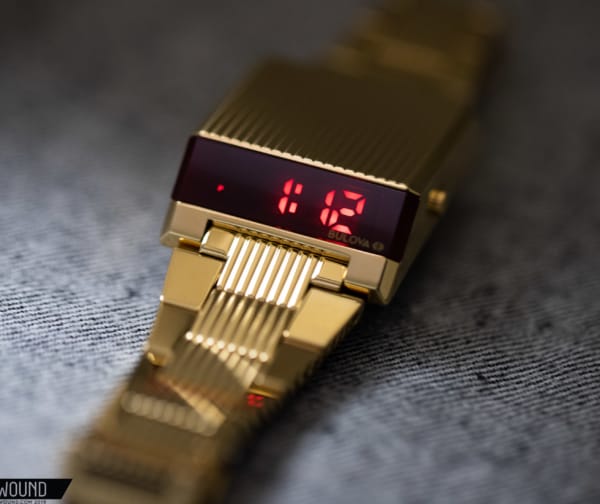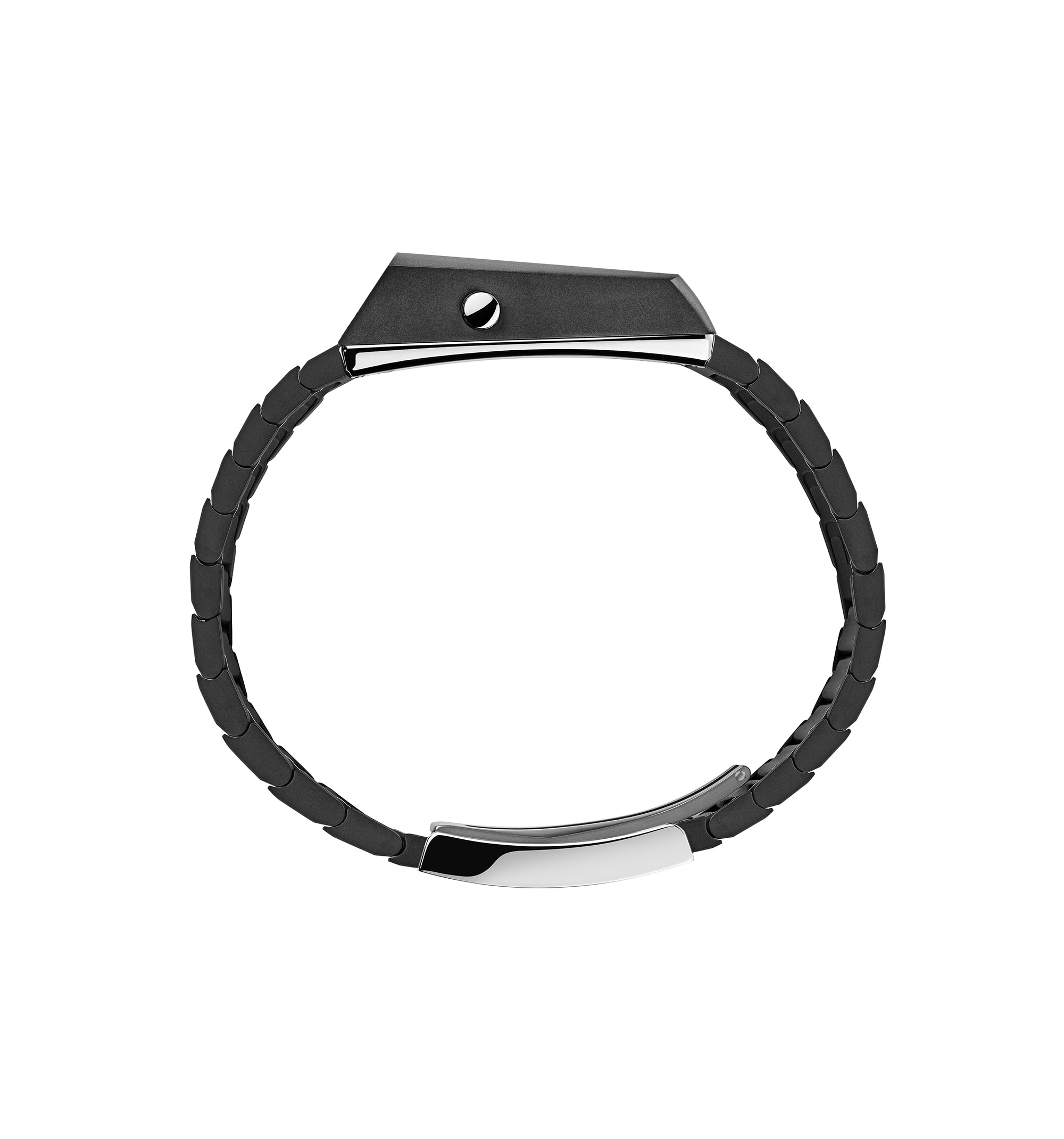The jungle stockade at night. The gates are securely barred; or so you think. The sentries are on duty. But it’s dark. Properly dark. The sort of velvet dark you can touch out and feel. And then you hear a noise – a branch snapping? What’s out there? You suddenly hear another branch give way. Then, as you look out into the night, you see them – hundreds of little red eyes staring back at you.
This, ladies and gentlemen, was the Swiss watch industry in the early 1970s. The little red eyes belonged to the advancing ranks of quartz LED watches. Along with their analogue comrades and later LCD reinforcements they wiped the floor with the traditional watch industry. So far, so much for the standard narrative. But what’s less well-known is how rapidly the Swiss redeployed to not just meet the onslaught but develop their own technology to push it back.









 Featured Videos
Featured Videos




